Introduction
Comparing AI’s Emotional Intelligence to Humans. Discover the fascinating world of decoding emotions as we compare AI’s ability to understand emotions with that of humans. Explore the components of emotional intelligence, the applications of AI in emotion recognition, and the limitations of AI’s emotional intelligence. Uncover the future prospects of AI and emotional intelligence.
Understanding Emotional Intelligence
Emotional intelligence, often referred to as decoding emotions, encompasses the remarkable ability to recognize, understand, and manage emotions in oneself and others. It involves the intricate process of perceiving and interpreting emotional cues, effectively regulating emotions, and harnessing the power of emotions to enrich decision-making and foster harmonious interpersonal relationships. In this article, we delve into the depths of emotional intelligence, exploring its significance, components, and the transformative role it plays in decoding the complex realm of human emotions.
Emotional Intelligence in Humans
The Components of Emotional Intelligence
Emotional intelligence in humans consists of several components:
- Self-Awareness: This involves recognizing one’s own emotions, strengths, weaknesses, and their impact on others.
- Self-Regulation: It refers to the ability to manage and control emotions, impulses, and behaviors in various situations.
- Motivation: This component relates to the drive and passion to achieve personal and professional goals.
- Empathy: Empathy entails understanding and sharing the emotions of others, fostering better connections and relationships.
- Social Skills: These skills enable effective communication, collaboration, and conflict resolution.
The Importance of Emotional Intelligence
Emotional intelligence plays a crucial role in various aspects of life, including personal relationships, leadership, and decision-making. Individuals with high emotional intelligence often excel in their ability to navigate social interactions, exhibit resilience, and manage stress effectively.
AI and Emotional Intelligence
With the advent of AI, researchers and engineers have been working to imbue machines with emotional intelligence. While AI may not experience emotions themselves, they can be programmed to recognize and respond to human emotions, opening up a world of possibilities.
Machine Learning Algorithms and Emotional Intelligence
Machine learning algorithms serve as the backbone of AI’s emotional intelligence capabilities. By analyzing vast amounts of data, these algorithms can identify patterns, facial expressions, speech intonations, and other cues associated with emotions. Through continuous learning and refinement, AI systems can enhance their accuracy and effectiveness in emotion recognition.
Applications of AI in Emotion Recognition
AI’s emotional intelligence finds applications in various fields, including:
- Healthcare: AI-powered systems can assist in diagnosing and treating mental health disorders by analyzing patients’ emotional states.
- Customer Service: Chatbots and virtual assistants can recognize customer emotions and tailor responses accordingly, improving customer satisfaction.
- Education: AI-based educational tools can gauge students’ emotional well-being and adjust teaching approaches to optimize learning outcomes.
Comparing AI’s Emotional Intelligence to Humans
While AI has made significant strides in decoding emotions, it is important to acknowledge the differences between AI’s emotional intelligence and that of humans.
Accuracy and Precision
AI systems can achieve high accuracy and precision in recognizing basic emotions like happiness, sadness, anger, and surprise. However, nuanced emotions and subtle variations often pose a challenge for machines. Humans possess the ability to interpret complex emotional states more accurately and understand context-specific cues.
Contextual Understanding
Understanding emotions within the appropriate context is a strength of human emotional intelligence. Humans can draw upon their experiences, cultural backgrounds, and social dynamics to decipher emotions in a meaningful way. AI, on the other hand, relies heavily on data and predefined models, making it challenging to grasp the contextual nuances of emotions.
Empathy and Social Interaction
Empathy, a fundamental aspect of emotional intelligence, remains a domain where humans excel. Human emotional intelligence enables the formation of deep connections and understanding of others’ emotions, fostering empathy and compassion. While AI can simulate empathy to some extent, it lacks the genuine emotional experience that humans possess.
Limitations of AI’s Emotional Intelligence
AI’s emotional intelligence still has limitations that need to be addressed. Some of these limitations include:
- Lack of Subjectivity: AI struggles to comprehend subjective experiences and individual differences in emotional responses.
- Non-Verbal Cues: AI may encounter difficulties in interpreting subtle non-verbal cues, such as body language or tone of voice.
- Adaptability: AI systems struggle to adapt to changing emotional states or unforeseen circumstances, unlike humans who can quickly adjust their emotional responses.
The Future of AI and Emotional Intelligence
As AI continues to advance, the field of emotional intelligence holds great promise. Researchers are working on refining AI models to improve contextual understanding, simulate empathy more effectively, and bridge the gap between human and machine emotional intelligence. The integration of AI and emotional intelligence could lead to groundbreaking applications in mental health, human-computer interaction, and social robotics.
Conclusion
Decoding emotions is a remarkable challenge that both humans and AI strive to overcome. While AI has made significant progress in recognizing and responding to emotions, it still falls short of the intricate emotional intelligence possessed by humans. As AI technologies evolve, the gap between human and machine emotional intelligence may gradually narrow, unlocking new possibilities for enhancing human-machine interactions and improving various aspects of our lives.
FAQs
- Can AI experience emotions like humans do? No, AI cannot experience emotions as humans do. AI can recognize and respond to emotions but lacks the subjective experience of emotions.
- Are there any ethical concerns associated with AI’s emotional intelligence? Yes, there are ethical considerations related to data privacy, bias in emotion recognition, and the potential for emotional manipulation in AI systems.
- How accurate is AI in recognizing complex emotions? AI’s accuracy in recognizing complex emotions is still a challenge. While it can excel in recognizing basic emotions, understanding nuanced emotions remains an ongoing area of research.
- What are the potential societal implications of AI’s emotional intelligence? AI’s emotional intelligence could have a profound impact on healthcare, customer service, education, and various other industries. It may enhance mental health diagnostics, improve user experiences, and enable personalized learning.
- Will AI ever surpass human emotional intelligence? While AI may continue to improve its emotional intelligence capabilities, it is unlikely to fully surpass the intricate emotional intelligence exhibited by humans. The human capacity for empathy, context comprehension, and subjective experiences remains unparalleled.

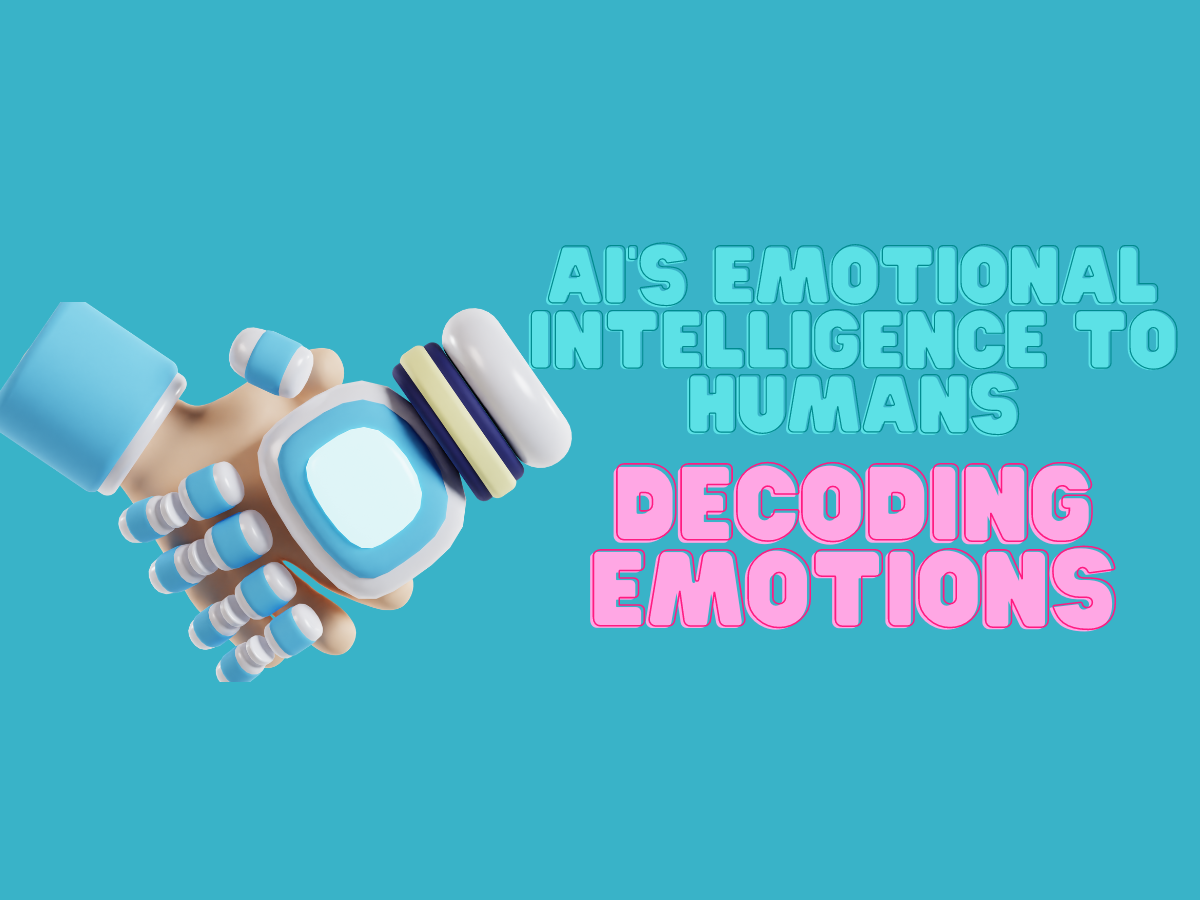


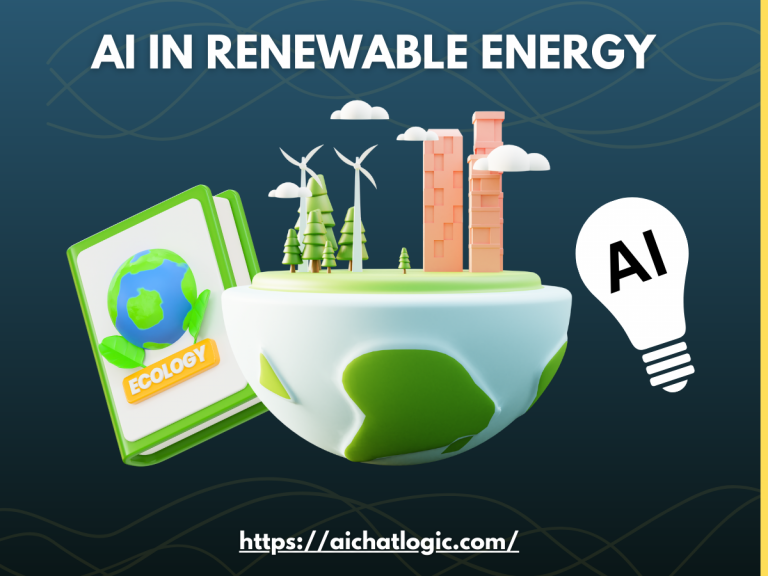


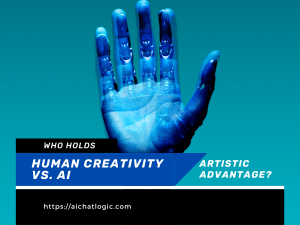

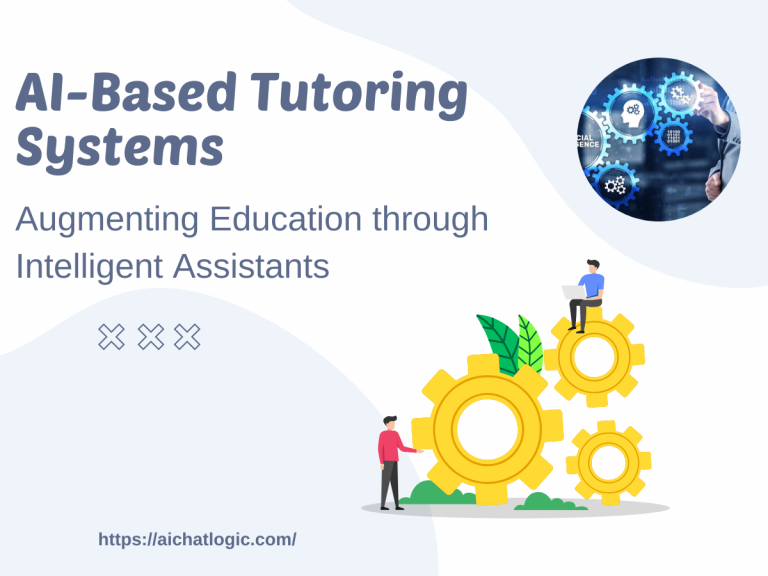
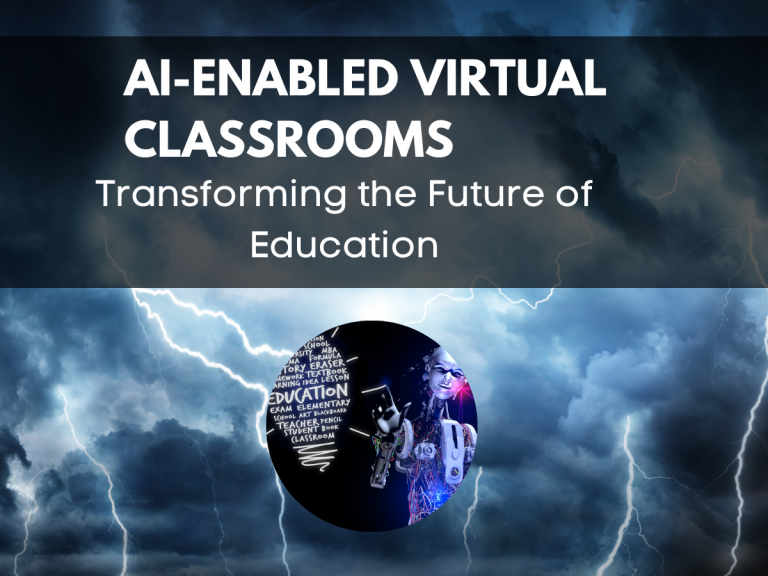

+ There are no comments
Add yours